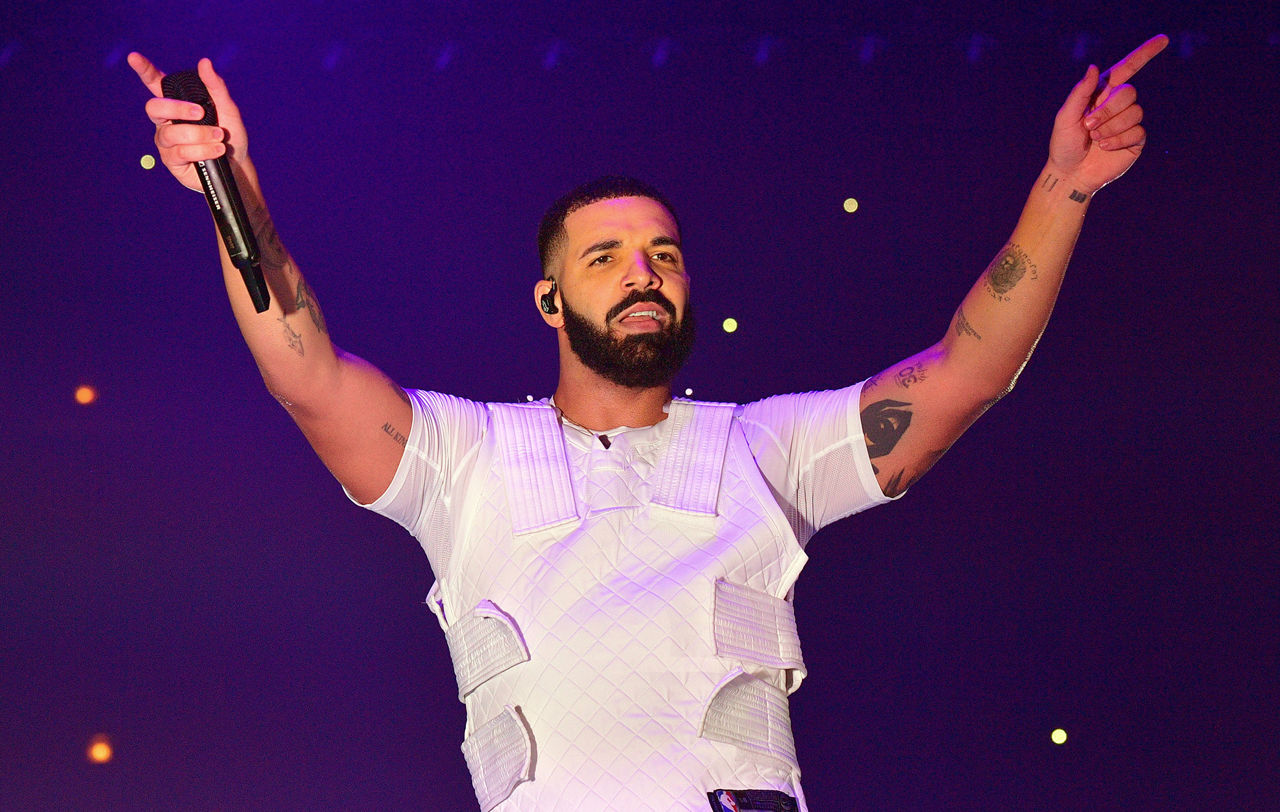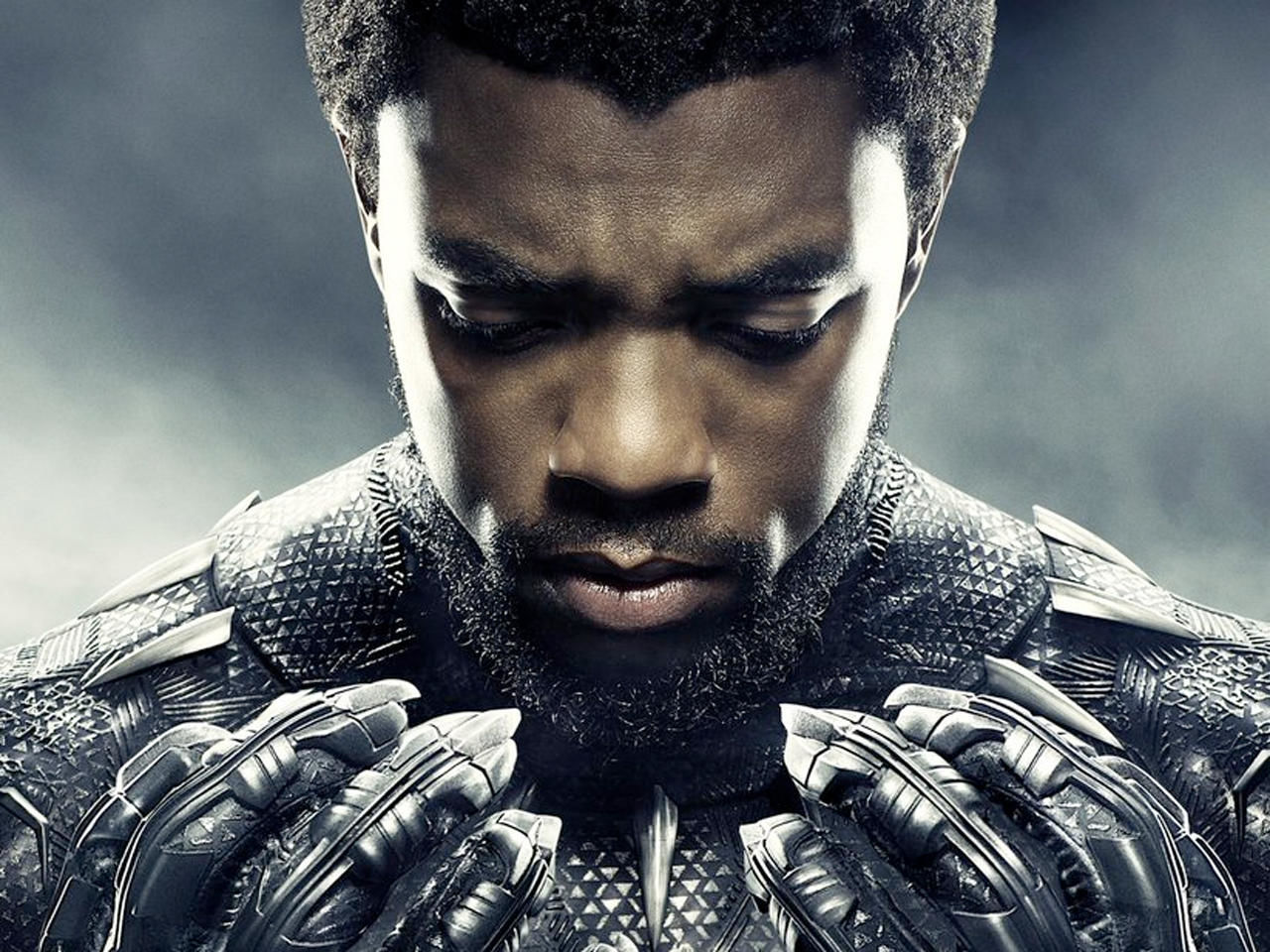Embrace the mess: How to build a brand online
Benjamin Obadia, Senior Planner at Leo Burnett London, cites Marvel, Fortnite and Drake as he outlines three ways in which brands can follow popular culture's lead by embracing the internet's mess to amass the masses and build a successful online brand.
The internet can build brands. But most ads on the internet are, at best, used to drive short-term sales.
Worse still, as research has shown, the worst performing digital campaigns make brand metrics decline, thereby harming brands in the long-term. We need to get better at building brands with the internet, and fast.
With the internet increasingly hyper-fragmented, generating mass appeal among a multitude of audiences remains an elusive golden ticket to fame.
This piece isn’t about challenging [Professor of Marketing Science] Byron Sharp’s fundamentals but instead about applying them to the internet. As we know, the key to brand building is fame; creating things that speak to the masses, making them feel something and keeping them talking. But, with the internet increasingly hyper-fragmented, generating mass appeal among a multitude of audiences remains an elusive golden ticket to fame.

Above: Brands need to take a lead from the leaders of popular culture, including Drake, in order to build fame on the internet.
My perspective is pretty simple: the internet is a magnificent mess, and by embracing that mess, we will amass the masses and ultimately build fame. We only need to look at the most successful examples of pop culture for inspiration on how to deliver effectively; Marvel, the franchise that got five movies in the top 15 highest earning movies in the world; Drake, the first artist to earn 50 billion streams; and Fortnite, the video game that has gathered more than 350 million users.
I’ve been an avid pop culture fan for as long as I can remember and what has fascinated me is how these cultural entities build fame. While in many ways cultural icons and brands are different, we have identified three things cultural icons do to build fame on the internet that brands may want to copy.
My perspective is pretty simple: the internet is a magnificent mess, and by embracing that mess, we will amass the masses and ultimately build fame.
Build a hierarchy of delights
It’s hard not to marvel at, er, Marvel for the way it has created a truly delightful watching experience for the masses. This isn’t an accident. It teams up with The Third Floor studioto build sophisticated visualisations of their entire films even before scenarios have been signed off, to create the most delightful watching experience. Fortnite, offers a colourful, dopamine-boosting experience that’s really fun to play with and which keeps the players on the edge of their seat.
These brands know that delighting their audience is key.
Cultural icons like Marvel identify and understand the key emotions they want their audiences to associate their content with. They then prioritise them and find the best ways to trigger them. It is critical because the internet is a very competitive place. People can switch from one content piece to another in a single movement of a thumb, so instant gratification is here to stay.
By providing a delightful experience, we give people a reason to engage with our content. After all, who doesn’t want to be delighted? Our content should therefore be an emotional beacon of our brand. And emotional beacons that resonate universally bind disparate or otherwise unrelated audiences together, much like pop music achieves.
Above: Fornite partnered with Travis Scott to help repair its relationship with the hip-hop community.
Define a collaborative set
Cultural icons also collaborate to build credibility. Drake’s decade working with UK Grime artists including Skepta, Giggs and Dave contributed significantly to him becoming the most streamed artist in the UK. Fortnite helped repair its relationship with the hip-hop community - after having been accused of stealing dance moves without crediting the artists - thanks to its famous Travis Scott concert.
We shouldn’t lock ourselves away in our ivory towers. Bringing more people to the table from diverse spaces pays dividends and helps us break out of our natural space, towards mass appeal.
Such cultural icons build ‘collaborative sets’ (or profiles) to help identify which partners will help them engage best with a specific audience. It is key because the internet has become a very specialised place in which niches reign supreme. Partnering with someone who understands the nuances of a specific subculture to build credibility can’t be underestimated.
In other words, we can effectively and credibly speak to specific audiences by collaborating with the right people. We shouldn’t lock ourselves away in our ivory towers. Bringing more people to the table from diverse spaces pays dividends and helps us break out of our natural space, towards mass appeal.

Above: After the tragic death of Chadwick Boseman Marvel created and released a documentary to about the actor who had brought one of their most celebrated heroes to life on the big screen.
Map responsive opportunities
Finally, to be part of the conversations, cultural icons respond. When Chadwick Boseman tragically and suddenly passed away, the internet was awash with sadness. He’d made the Black Panther a cultural icon and, fittingly, Marvel created and broadcasted a homage documentary celebrating the talented actor within a few days. When Meek Mill claimed that Drake was using ghost-writers, Drake released not one but two ‘diss’ songs within the following week.
Yes, the internet is a mess, but if harnessed with the right delight, collaboration, and responsive planning, we can use the internet to build brands properly.
Cultural icons respond to popular conversations by planning for different scenarios and staying alert. This is because the internet never sleeps, everything is alive and a lot of things happen at the same time. That is why people experience so much FOMO on the internet. There is always something new, relevant or interesting to be missed and craved.
By mapping a brand’s responsive opportunities, we will more likely be ready to respond to popular conversations, and be part of them. By doing so, we will bring in new audiences that may not otherwise have engaged with us. Yes, the internet is a mess, but if harnessed with the right delight, collaboration, and responsive planning, we can use the internet to build brands properly.
So, let’s embrace the mess of the internet, so that we can amass the masses.
)







